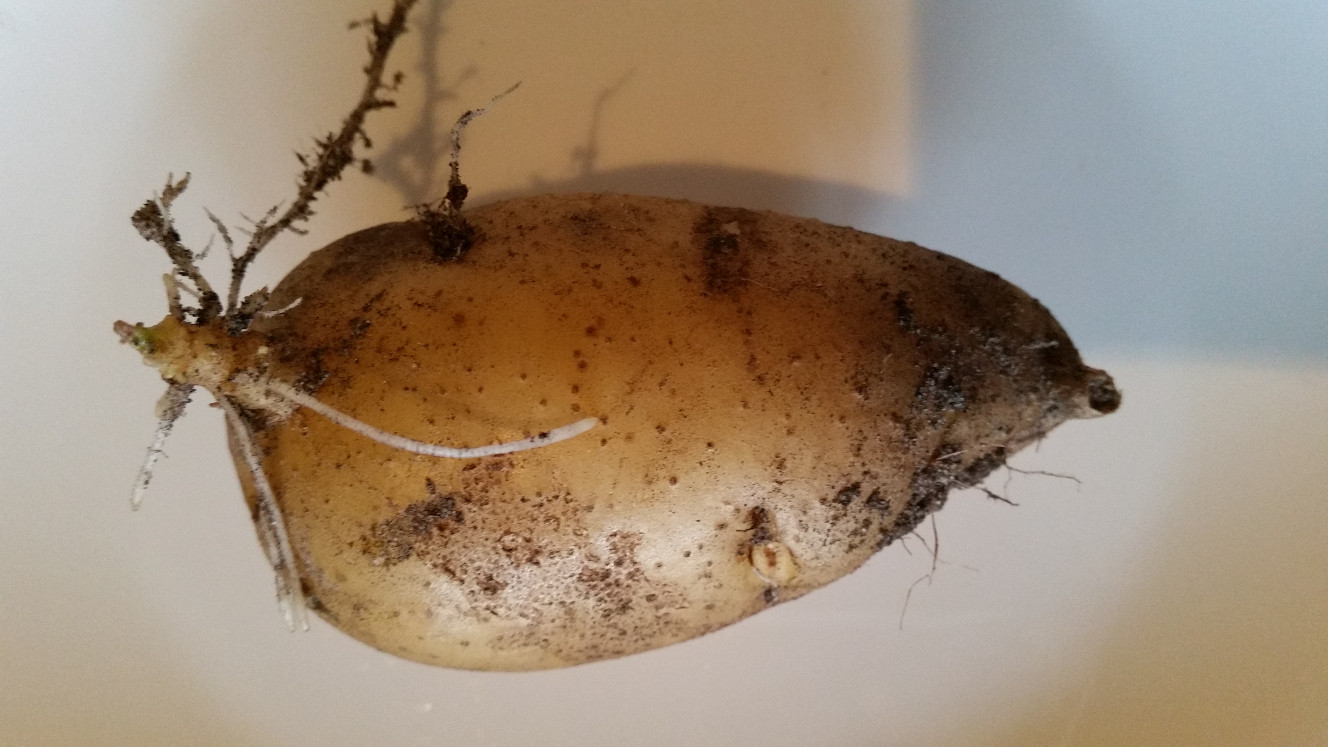To answer this type of question, we should start by defining 2 concepts: the functions of the root and the external condition that brought to a specific evolution.
Evolution is a necessary process to all organisms, which evolve to optimize a specific function and to better adapt to the external conditions.
There are 3 main and common functions between all land plant's roots: fix plants to the soil; absorb water and minerals; establish specific relationships with other organisms, principally fungi and bacteria. The external conditions of roots (soil) are quite stable, even though, the different "physical" composition of soil, that is the quantity of sand, clay and rocks, change the physical appearance of size and proportion between the main and the lateral roots.Therefore it is plausible to say that it is not necessary to have a great variety in root's structure; since all roots must carry out same functions, all plant's root underwent a similar evolution.
For the leaves it is a bit different. Leaves must also carry out specific and common functions, as: exchange gas (CO2 and O2); contain photoreceptors to "absorb" light for photosynthesis. However, the external conditions of leaves are shortly and continuously changing and highly different (consider the vary regions of the world, as desert and rainforest) with reference to roots. Therefore each plants underwent evolution depending on these types of external conditions, so as to, of course, optimize their functions but at the same time protect themselves as much as possible. Consider, for example, the intensity of sun's radiation, which, if too strong, can destroy cellular structures, the quantity of CO2 in the air, or the high biodiversity of insects, which can carry diseases, ecc...
Interesting book about evolution is: J.C. Harmon, S. Freeman, "Evolutionary analysis", where it is given an idea of the type of evolution, different species, could undergo.
(hope my english is not too bad)

